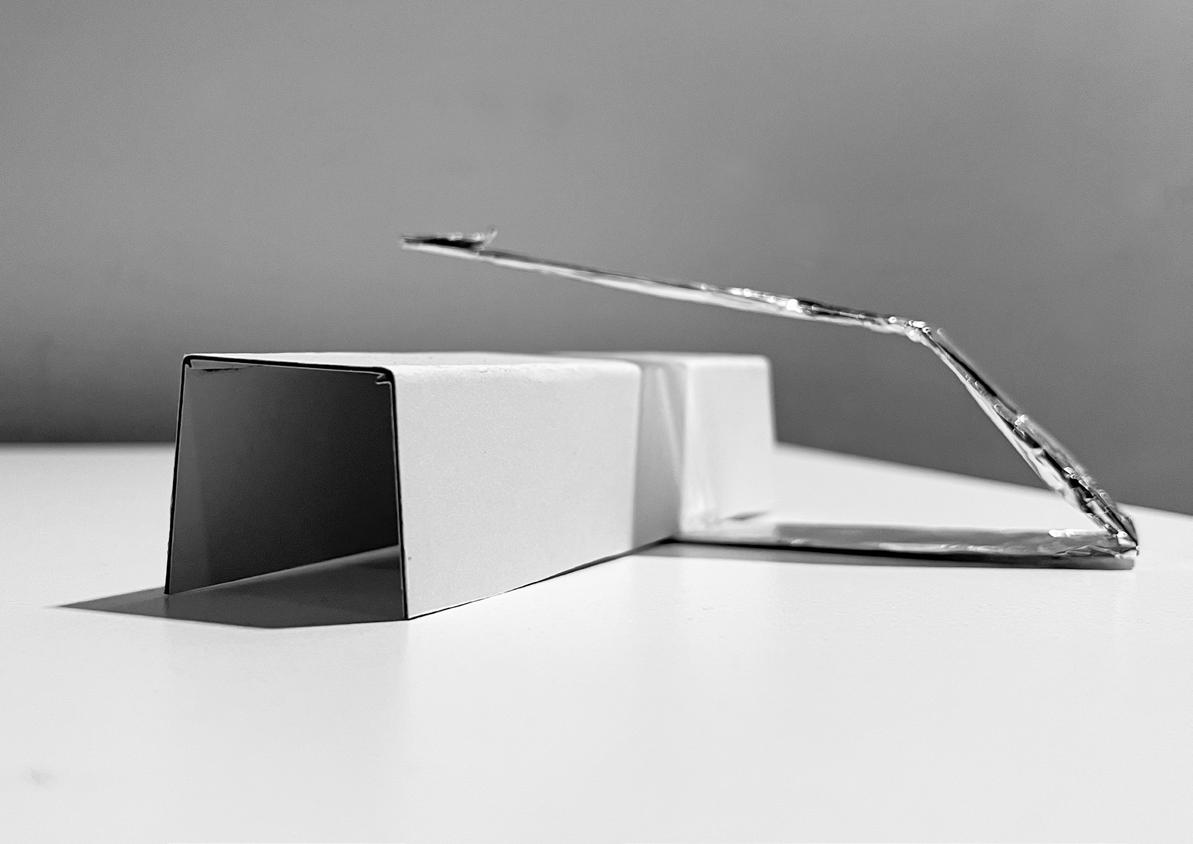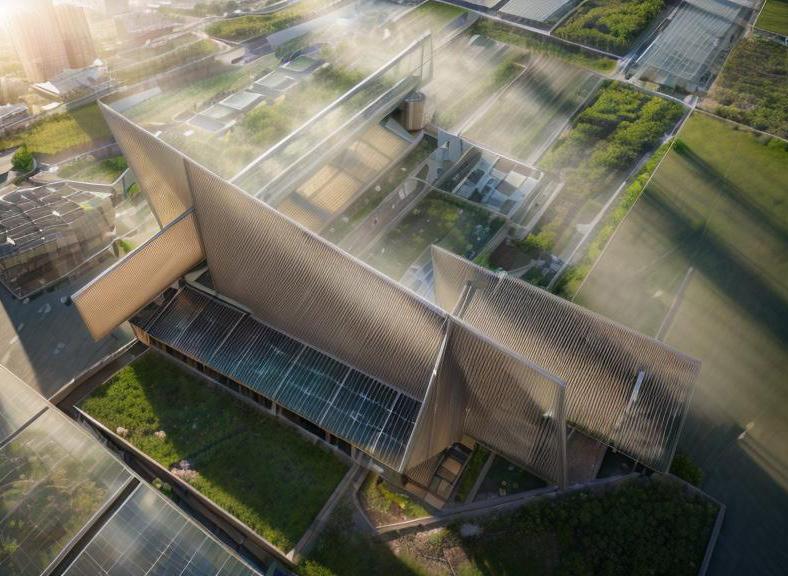
2 minute read
1.3 - re-experience
material : thin pvc sheet exploration : linear spaces, communal space creations
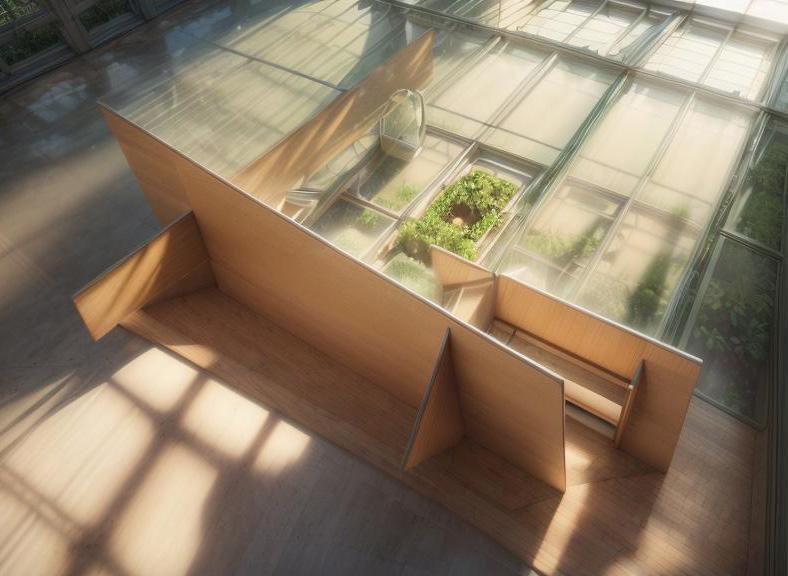
Advertisement
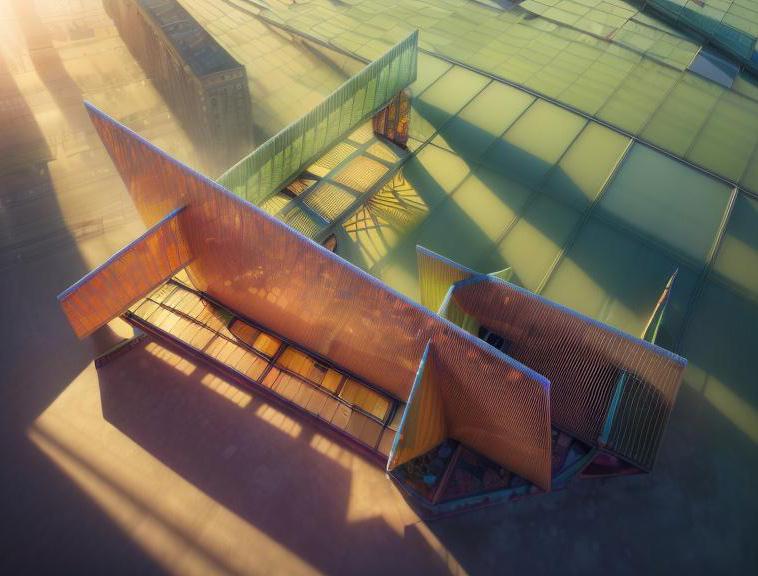
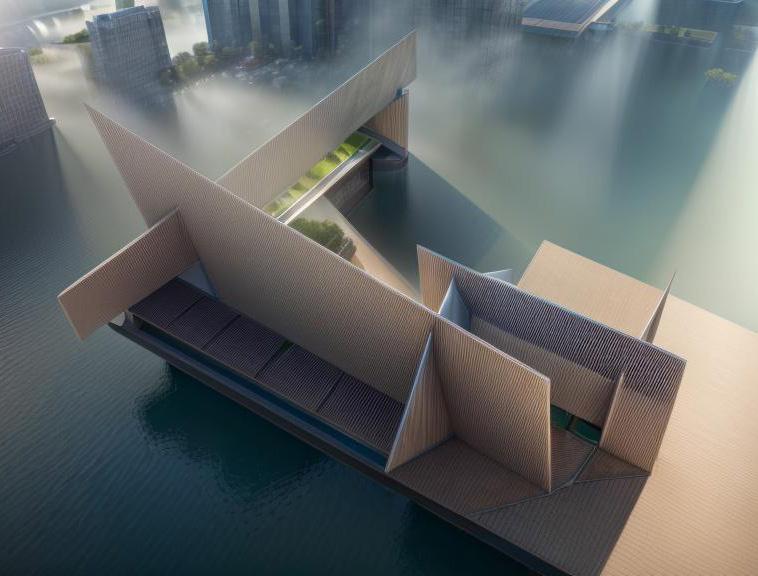
Midjourney and ReRender generated render views using prompts and images of the diagrammatic model
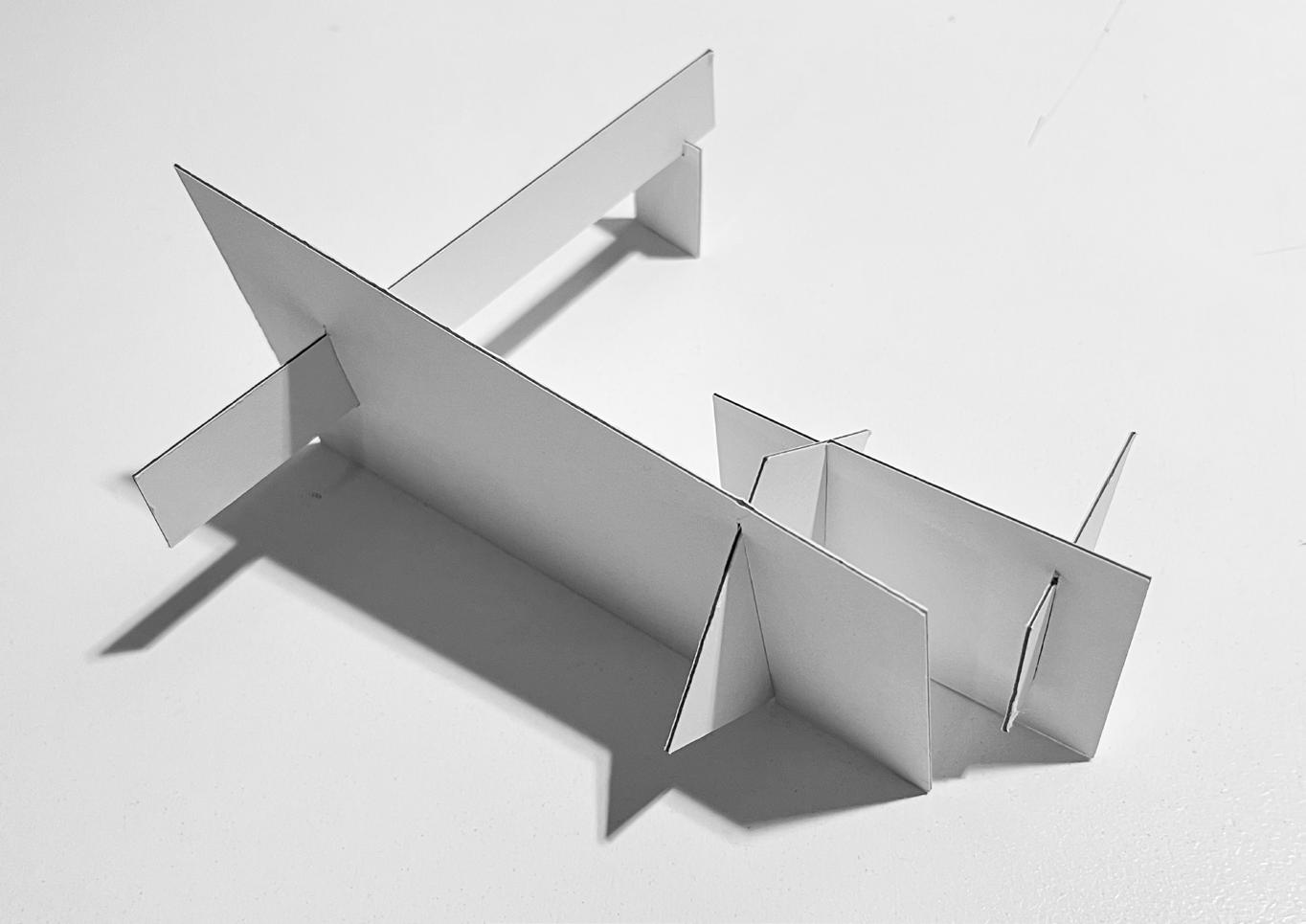
Midjourney and ReRender generated render views using prompts and images of the diagrammatic model material : thin pvc sheet exploration : linear spaces, communal space creations material : thin pvc sheet and transparent sheet exploration :linear spaces, communal space creations
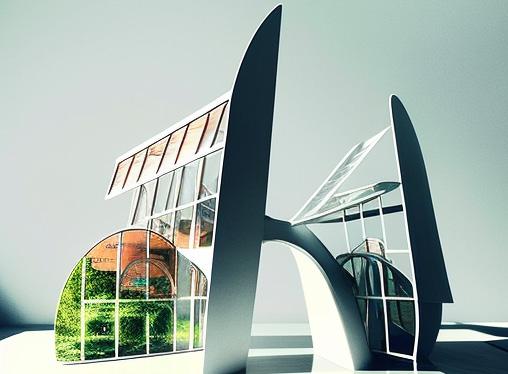
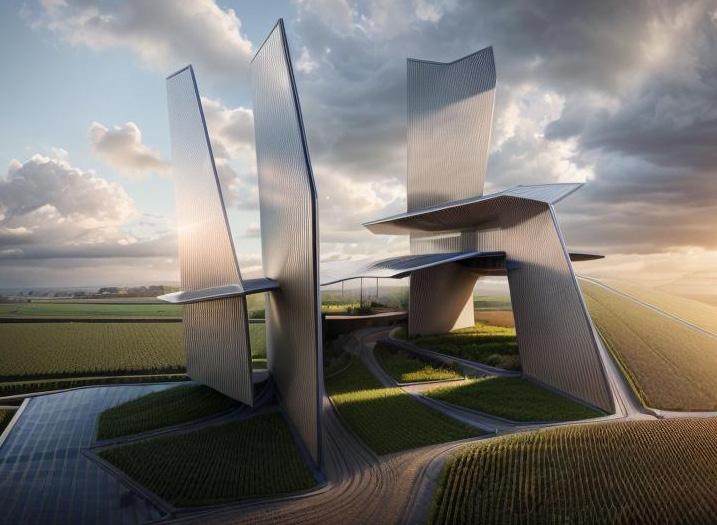
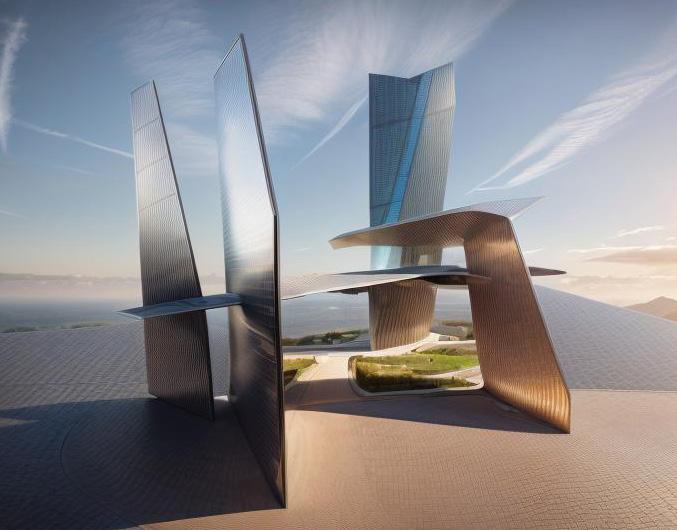
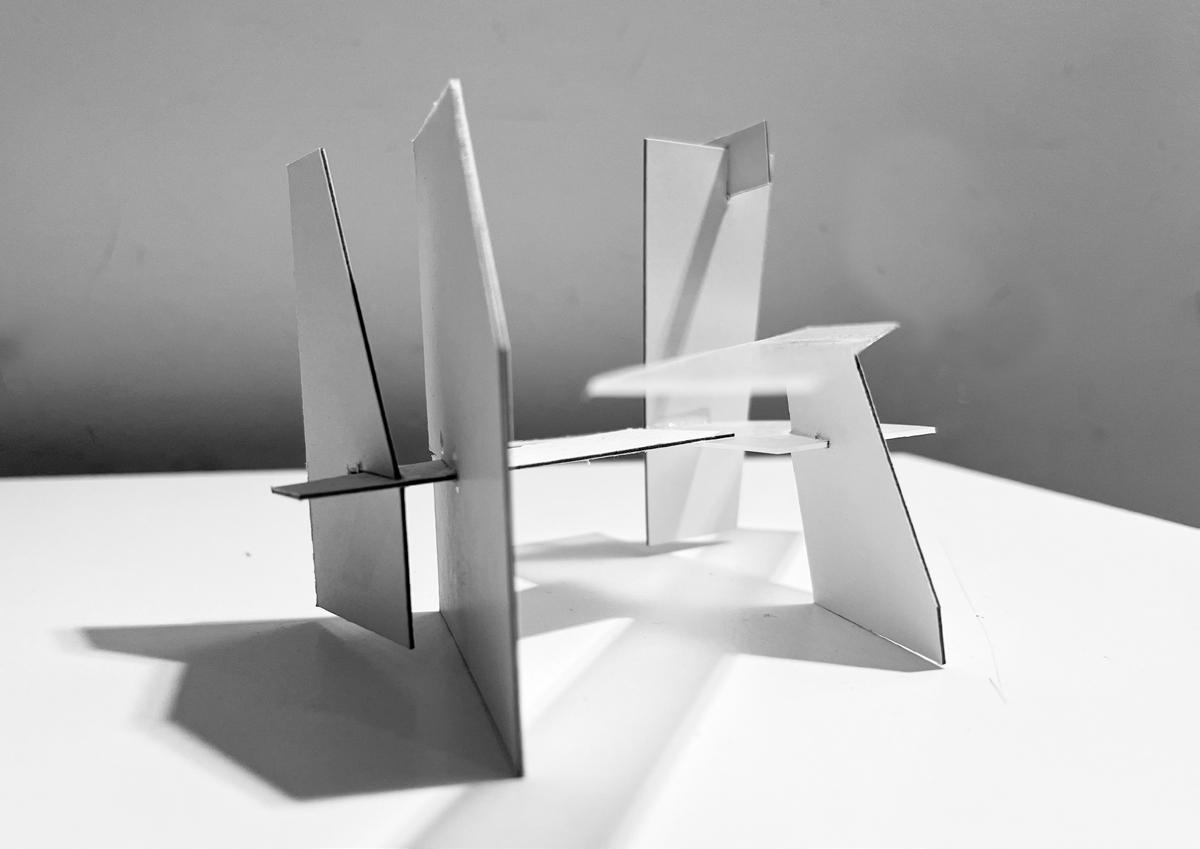
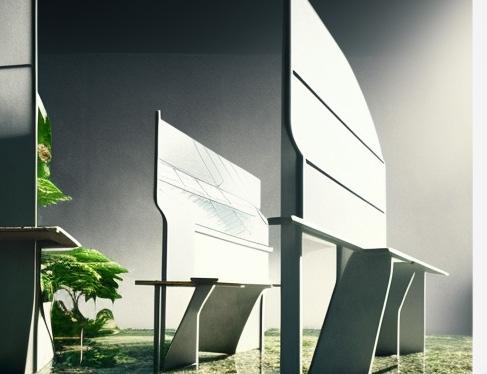
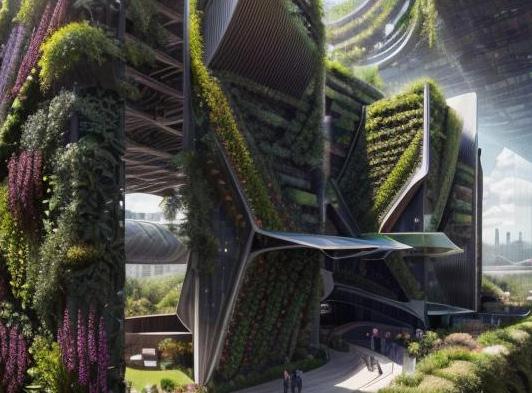
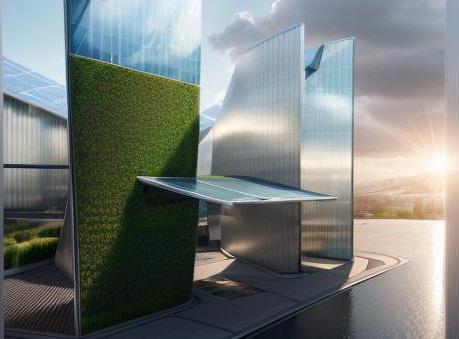
Midjourney and ReRender generated render views using prompts and images of the diagrammatic model material : thin pvc sheet, exploration : linear spaces, communal space creations
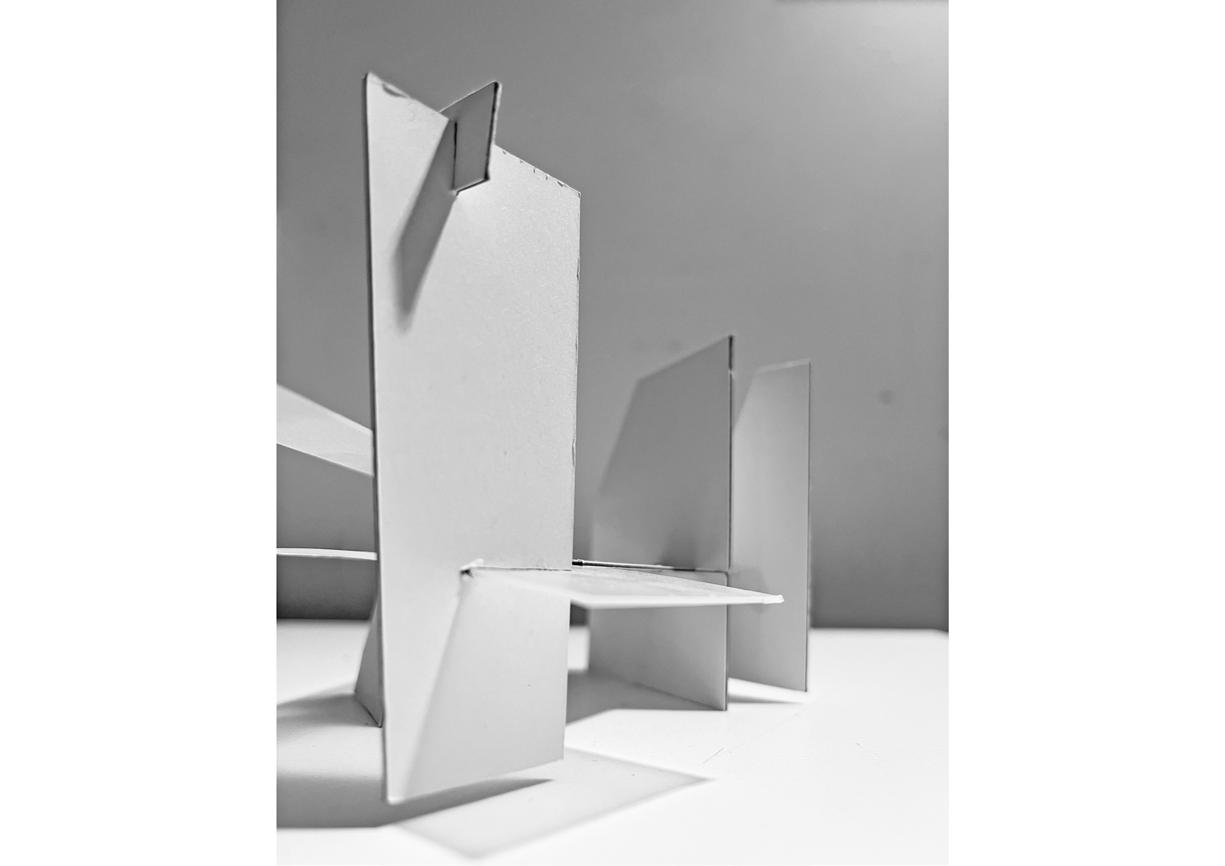

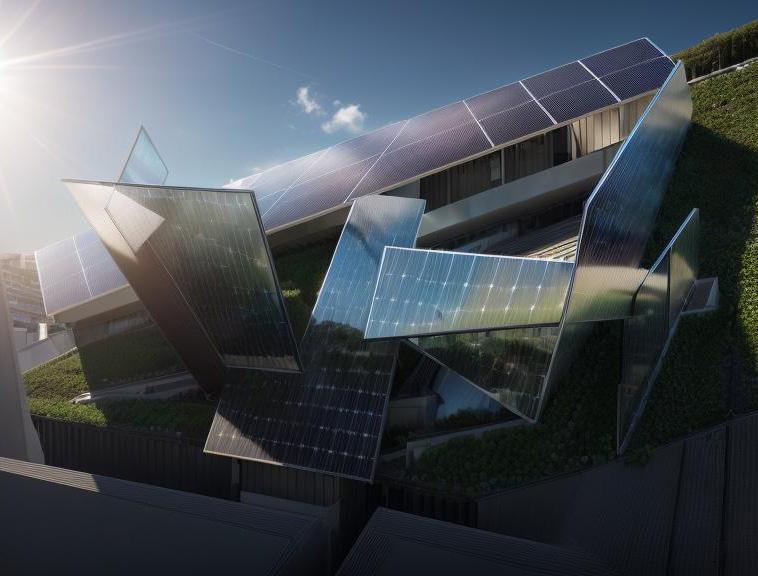

Midjourney and ReRender generated render views using prompts and images of the diagrammatic model
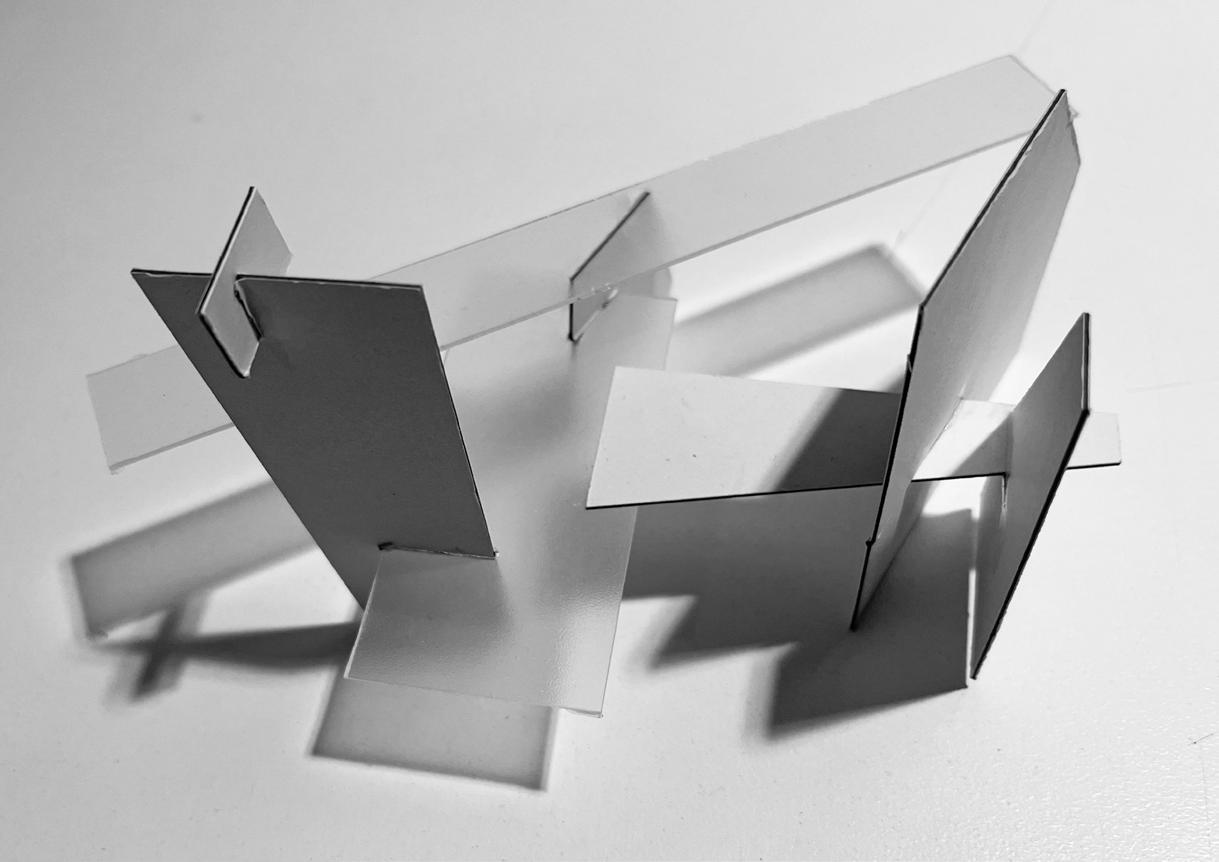
Midjourney and ReRender generated render views using prompts and images of the diagrammatic model
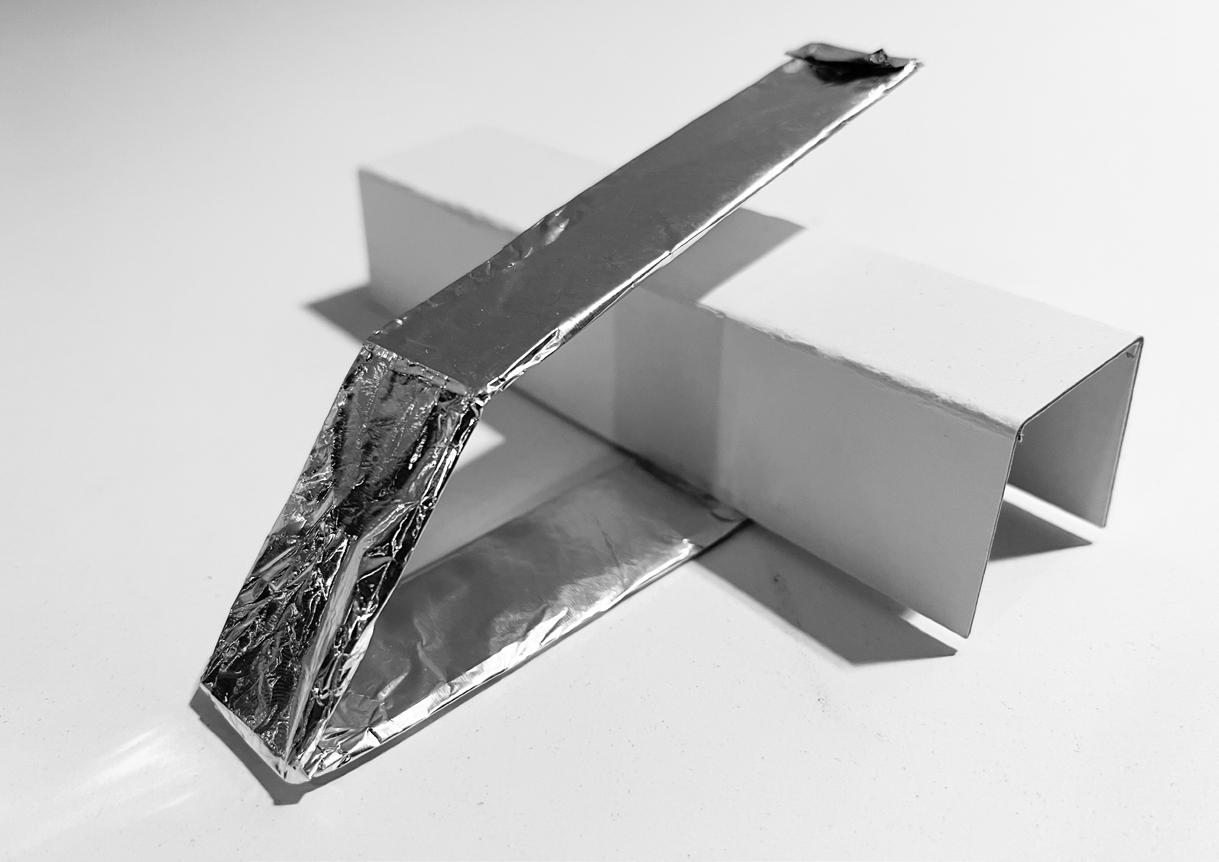
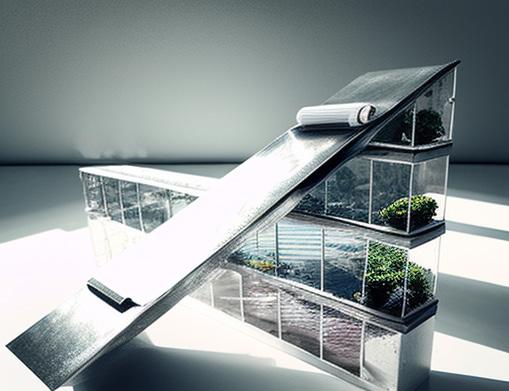
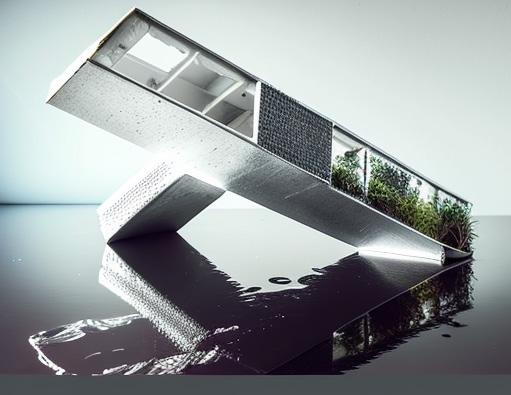
Midjourney and ReRender generated render views using prompts and images of the diagrammatic model material : thin pvc sheet, aluminium foil exploration : linear spaces, communal space creations

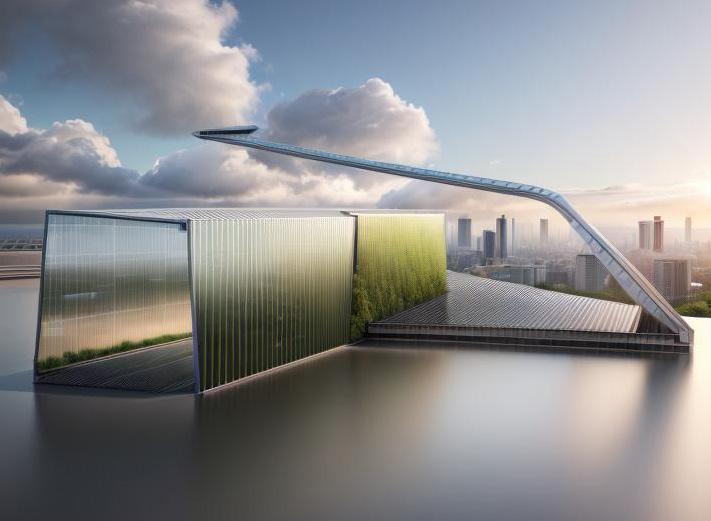
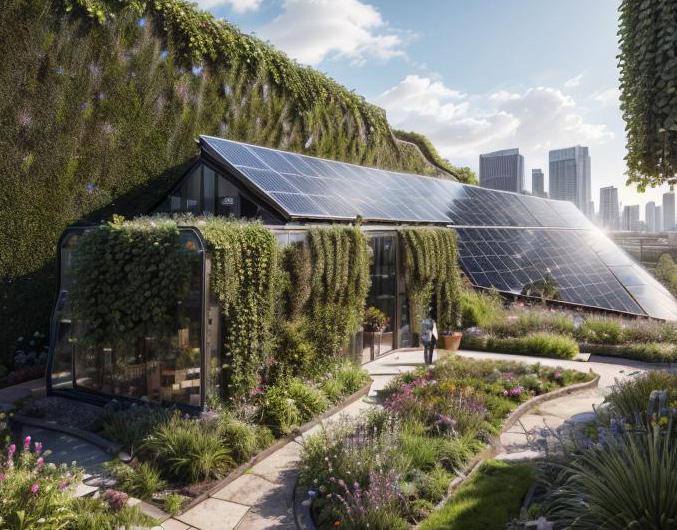
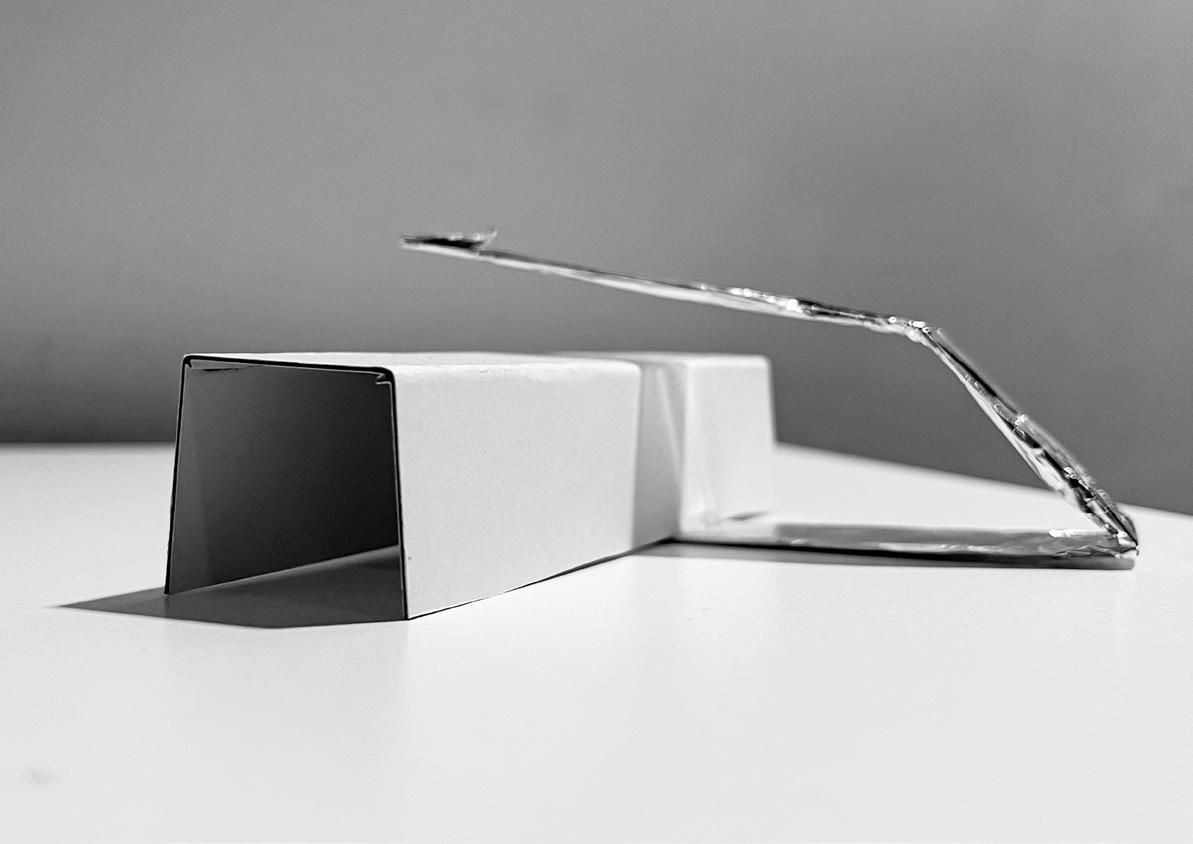
project 1.4 - experience deviance
By the year 2049, global food systems will face significant challenges due to the impacts of a rapidly changing climate, compounded by the need to feed a population that is nearing 10 billion people. It raises the question of how our food production systems and practices will adapt to accommodate these constraints and fulfill the requirements of a growing population.
In Project 1.4, we embarked on a journey beyond our familiar experiences, stretching our minds to speculate on future food practices. Our approach involved three main steps: Analyze, Project and Synthesize. Through this project, we explored the future of food production, considering the global challenges, and working towards identifying practical and transformative approaches to address these complex issues.
How Can Architecture embrace sunken terrains impacted by climate change to develop new sustainable aquaponic food farming practices?
Research Question organic.farming sustainable agriculture vs gloop pollutant.gunk impacts on food distribution r e t a i l a c t i v i t y i n r u r a l a r e a s food yields debt farm incomes food prices job loses disruptions to food processing and retail climate change a n d t h e food system rising temperatures heat waves drought flooding cyclones exports (imports) inflation impacts on trade impacts on food security threats to local f o o d s e c u r i t y c h a n g e d h o m e purchasing patterns regional political instability rural oumigration
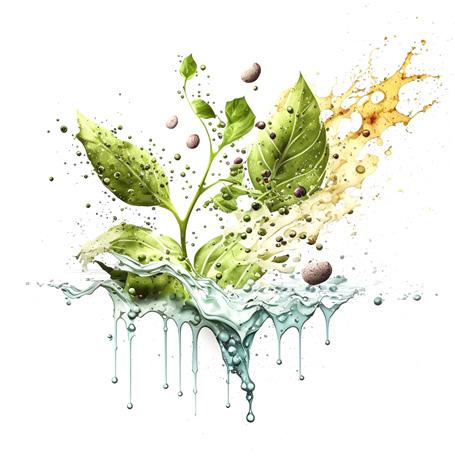
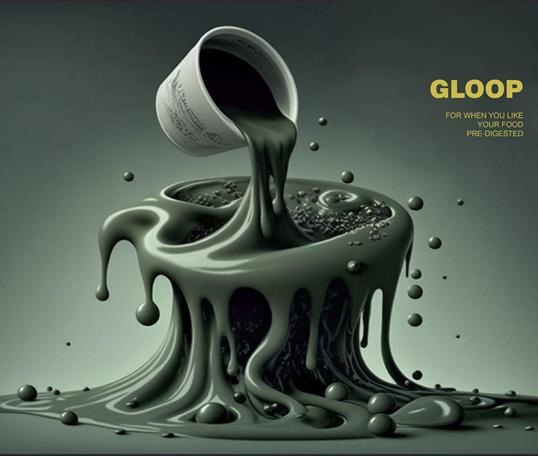


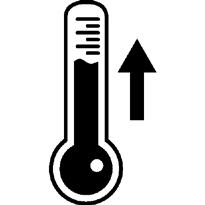

Hydroponic Sysem
Why Hydroponics?
Climate change brings unpredictable weather patterns, including droughts, floods, and extreme temperatures, which can negatively impact traditional agriculture. Hydroponic systems, being indoor and controlled, are less susceptible to weather fluctuations and climate risks. Crops can be grown consistently throughout the year, independent of external climate conditions, ensuring a more reliable food supply. They minimize the use of chemical fertilizers, herbicides, and pesticides, as the closed-loop system reduces nutrient and water runoff. This decreases the potential for soil and water pollution, protecting ecosystems and human health. Additionally, hydroponics uses less land, reducing the need for excessive land clearing and soil degradation.
By implementing hydroponics in our design we understand that cities now are with limited agricultural capabilities, and encourage hydroponics so communities can have access to fresh, nutritious produce grown locally. This reduces the carbon footprint associated with long-distance transportation of food and supports local economies.






